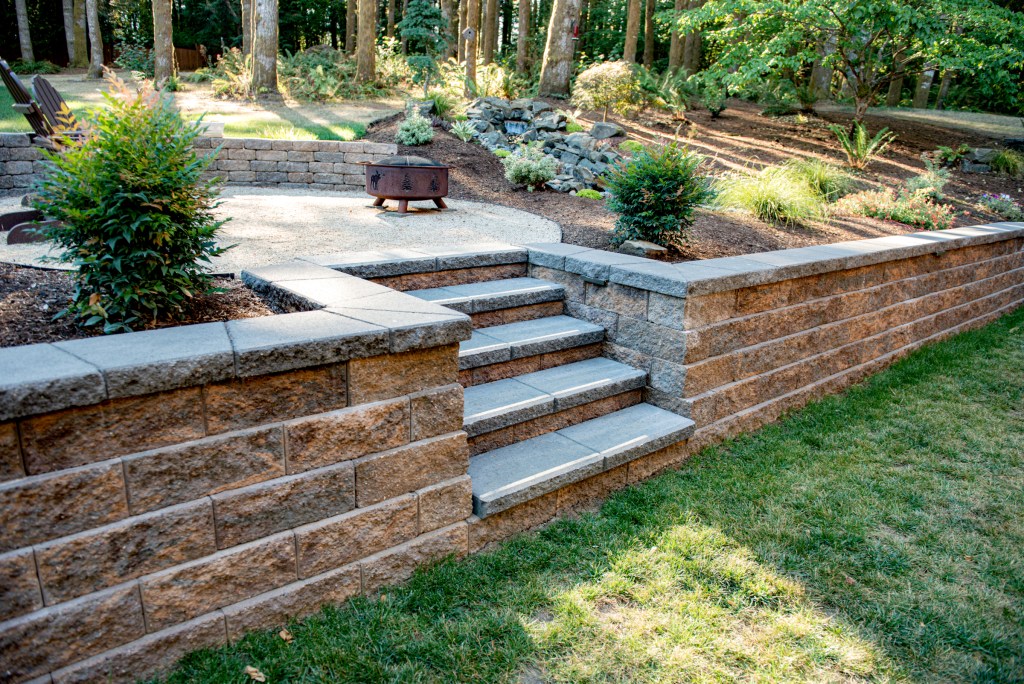Everything You Need to Know About Lilies for Your Landscaping
Lilies are one of the most beloved flowers in landscaping for their striking beauty and versatile nature. Known for their vibrant blooms and elegant appearance, they add sophistication and charm to gardens across a variety of climates. Whether you are a seasoned gardener or just starting out, understanding the essential attributes of lilies will help you cultivate a thriving, colorful garden that will bloom year after year.

Key Attributes of Garden Lilies:
| Attribute | Description |
|---|---|
| Size | Lilies can reach heights between 2 to 5 feet, with blooms ranging from 3 to 8 inches in diameter. |
| Insects & Pests | Generally resistant to pests, though aphids and lily beetles may cause occasional damage. |
| Bloom Time | Blooms from late spring to late summer, with some varieties blooming earlier or later. |
| Maintenance | Lilies are relatively low to moderate maintenance; deadheading and staking taller varieties are advised. |
| Root Growth | Lilies grow from bulbous roots that store nutrients and energy, making them resilient and long-lasting. |
| Seasonality | Perennial plants that return year after year with proper care and attention. |
| Watering Needs | Prefer consistent moisture; well-drained soil is critical for preventing root rot. |
| Sunlight Requirements | Thrive in full sun to partial shade, requiring at least 6 hours of sunlight per day for optimal growth. |
| Soil Compatibility | Best suited for well-draining, fertile soil enriched with organic matter for healthy growth. |
| Growth Rate | Moderate growth rate; lilies reach their full height and maturity in a single growing season. |
| Hardiness Zone | Suitable for USDA Hardiness Zones 3–9, though specific varieties may have slightly different tolerances. |
| Color & Aesthetics | Lilies come in a wide array of colors, including white, yellow, pink, orange, and red. |
| Wildlife Attraction | Lilies are pollinator-friendly, attracting bees, butterflies, and hummingbirds to your garden. |
| Allergy Concerns | Some lilies have a strong fragrance that may trigger allergies in sensitive individuals. |
| Edibility/Toxicity | Toxic to cats; all parts of the lily are poisonous to cats, so keep them out of reach. |
| Wind Tolerance | Taller varieties may need staking to avoid toppling in windy areas. |
| Invasive Potential | Most lilies are not invasive, but certain species (like the Asiatic lily) can spread aggressively if not managed. |
| Mulching Needs | Applying mulch around the base helps retain moisture, suppress weeds, and maintain consistent soil temperature. |
| Lifespan | Lilies can live for several years, blooming each summer as long as they are well-maintained. |
| Fertilization | Apply a balanced fertilizer in early spring to stimulate healthy growth and strong blooms. |
| Companion Planting | Lilies pair well with shade-loving plants such as hostas and astilbes, creating a lush, varied garden. |
Planting and Care Tips for Lilies
- Planting Time: The best time to plant lilies is in the spring or fall, depending on your climate. In warmer regions, planting in the fall helps them establish roots before winter, while in colder areas, spring planting is ideal after the last frost.
- Planting Depth: When planting lily bulbs, bury them about 4 to 6 inches deep, with the pointed end facing up. Space the bulbs 6 to 12 inches apart to allow ample room for growth.
- Soil Preparation: Ensure your soil is well-drained. If your soil is heavy or clay-based, amend it with organic matter like compost or peat moss to improve drainage and fertility.
- Watering: While lilies love moisture, their roots do not tolerate standing water. Water deeply once or twice a week, depending on weather conditions, but allow the soil to dry slightly between waterings.
- Fertilization: Apply a balanced, slow-release fertilizer in early spring to give your lilies a good start. Avoid high-nitrogen fertilizers, as they can encourage too much leaf growth at the expense of flowers.
- Deadheading: After lilies bloom, remove spent flowers (deadheading) to encourage further blooms and prevent seed production, which can drain energy from the plant.
- Winter Care: In colder climates, protect lily bulbs in the winter by covering them with mulch or straw to insulate them from freezing temperatures.
Designing with Lilies in Your Landscape
Lilies can be a focal point in your garden or a complement to other plants. Here are a few ways to incorporate lilies into your landscaping:
- As a Focal Point: Plant tall varieties, such as the Oriental or Trumpet lilies, in a prominent position to create a stunning display of color. They make excellent specimens in flower beds or borders.
- In Mixed Borders: Pair lilies with lower-growing plants like hostas, ferns, or astilbes. Their tall stature and bright blooms will add vertical interest and a pop of color to your garden.
- Along Walkways or Pathways: Use lilies to line walkways or garden paths. Their fragrance and color will make these areas more inviting and visually appealing.
- In Containers: For those with limited space, lilies also thrive in large containers. Plant them on patios, balconies, or terraces for an easy-to-care-for, yet striking display.
Considerations for Growing Lilies
- Toxicity to Pets: As mentioned, lilies are toxic to cats. If you have cats, be mindful when placing lilies in your garden. Consider non-toxic alternatives like daylilies, which are safe for pets.
- Support for Tall Varieties: Taller varieties of lilies may require staking, especially in windy or rainy conditions. Use soft ties to avoid damaging the stems while providing support.
- Pest Management: While lilies are relatively pest-resistant, be vigilant for aphids, spider mites, and lily beetles. Regularly inspect plants and use organic pest control methods if necessary.
Conclusion
Lilies are a fantastic choice for any garden, offering a beautiful display of color, fragrance, and elegance. By understanding their growing needs and providing proper care, you can enjoy these stunning flowers year after year. Whether planted in beds, borders, or containers, lilies will undoubtedly bring beauty and vibrancy to your landscape.









